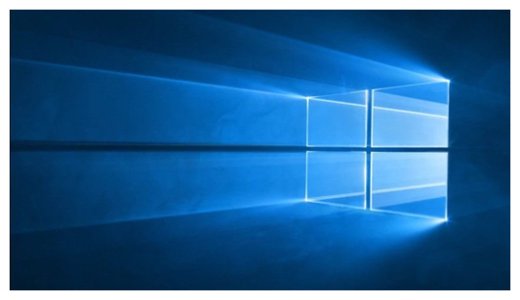
© MicrosoftThe default desktop background for Windows 10, known as "the Hero image".
Windows 10 is now a "recommended" update in Windows Update for computers running Windows 7 and 8.1.
This means the new operating system may try to install itself automatically in a move that will further annoy users who don't want to upgrade.Microsoft
first announced its plans to promote Windows 10 to a recommended update last October. Because Windows Update's default - and most secure - settings automatically install updates listed as recommended, the first steps of the Windows 10 installation process may now complete without user intervention on Windows 7 and 8.1 computers.
The user
will still be shown a final warning that the update is about to be installed and can opt-out at this stage. The new method of delivering Windows 10 is different to that used in the past as Microsoft has abandoned its old reservations model in a bid to get as many people as possible running the new OS.
Microsoft said the move will "help" its customers to migrate to the new operating system. A spokesperson
told ZDNet: "As we shared in late October on the Windows Blog, we are committed to making it easy for our Windows 7 and Windows 8.1 customers to upgrade to Windows 10. We updated the upgrade experience today to help our customers, who previously reserved their upgrade, schedule a time for their upgrade to take place."
The news won't go down well with people either perfectly happy with their current operating system or unable to upgrade to Windows 10 due to software or hardware incompatibilities. In the eyes of Windows 7 and 8.1 fans, Microsoft is failing to respect their choice of software by increasing the pressure to upgrade to Windows 10, a radically different operating system not necessarily fully optimised for their computer.
Windows 7 and 8.1 users have already been forced to
download the large installation files for Windows 10 even if they have no intention to upgrade and haven't requested a copy. In October 2015, Microsoft was forced to apologise after some users found the update installed and completed automatically,
calling the bug a "mistake".
Windows 10's new status as a recommended update may lead to more of these "mistakes". Users who do not wish to upgrade would be advised to "hide" the listing for Windows 10 in Windows Update, effectively preventing it from installing. If Windows 10 does install itself, users can revert back to their old operating system within the first thirty days of installation and Windows will automatically put everything back to as it was.
Everything will be back just as it was... does that included non Microfucks programs or will I have to buy them all again.